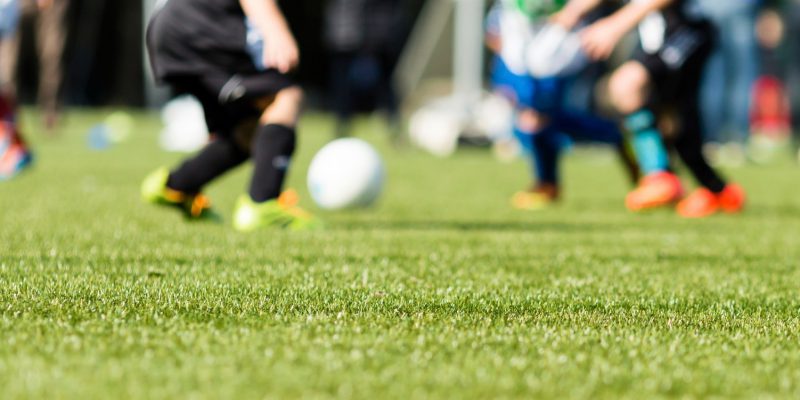
Did you know that:
- 10% of all contact sport athletes sustain concussions each year?
- The CDC estimates that 1.6-3.8 million concussions occur each year in the US, with many going unreported?
- Athletes who sustain a concus.sion are 4-6 times more likely to sustain a second concussion?
- The leading cause of sports con.cussion is football in male youths and soccer in female youths?
- When properly treated, most people with concussions recover completely?
Concussions are caused by a bump, blow, or jolt to the head or body, which subsequently cause the brain to move back and forth, side to side, or twist within the skull. While the brain is cushioned by cerebrospinal fluid, even a mild injury can cause serious damage. Concussions, considered a form of Traumatic Brain Injury, are easy to miss because the in.jured person is unlikely to seek immediate medical treatment and/or diagnostic imaging such as MRIs, CT Scans, or X-rays are usually normal. Fur.thermore, symptoms may take time to develop.
Physical symptoms include headaches, drowsiness, diz.ziness, difficulty with balance, confusion, difficulty with con.centration, slowed process.ing, “fogginess,” difficulty speaking and communicat.ing, irritability, anxiety, de.pression, aggression, mood swings, poor tolerance of
nized early, concussions can lead to permanent brain dam.age, disability and even death. Concussions in children and young adults are particularly dangerous because the brain is still immature and more vul-
Concussions frequently occur during practices for recreational and travel team sports; where the coach may be the only adult in attendance. It is virtually im.possible for the coach to watch the full field of players for injury when they only have one set of eyes.
Parents, coaches and athletes are encouraged to monitor practices and games for inju.ries. When an injury is suspect.ed, the athlete should be imme.diately removed from play and examined by a medical profes.sional. In most cases, this will require a trip to the pediatrician, primary care physician or urgent care center, as it is unlikely that there will be a physician, nurse, or athletic trainer on site to per.form the initial examination.
If consciousness is lost or the symptoms are severe, the person should immediately go to the emergency room. In any event, the initial examination will include a neuropsychological assess.ment, physical assessment, and balance assessment.
Early treatment for concus.sion is vital for long-term recovery. The problem with concussion recovery is that each injury is unique and requires a medically-based recovery program, individu.ally tailored to the person’s initial and ongoing symptoms and responses to treatment. While time-frames will vary greatly, recovery will include a progression through the fol.lowing steps:
1. Period of Complete Rest —No phones, computers, TV, music, school, sports, exercise, work, bright lights, noisy environments—until all symptoms have resolved. Sleep, proper hydration, and healthy nutritional intake are necessary for recovery. This may take three to seven days, or more.
2. Graduated Return to Ac-tivity—Slow resumption of basic physical and mental activities. If any symptoms resume, activities must again be reduced until the patient is symptom-free.
3. Return to Play—Health.care professionals such as Certified Athletic Trainers and Physical Therapists are trained to implement a formal Return to Play protocol which is sports-specific and pre.pares the athlete to return to competition. During this time period, symptoms are moni.tored for regression and treat.ment is adjusted as needed.
If symptoms persist, addi.tional treatment from skilled medical professionals will likely be required. This may include interventions by special.ties such as Neuroopthamolo.gy, Physiatry, Neuropsychology, Physical Therapy, Occupational Therapy, Vestibular Rehabilita.tion, Vision Therapy, Sub Maxi.mal Endurance Training, and so forth.
When treated properly, recov.ery from concussions can be complete, with full return to previous activity levels likely. It is imperative that parents, ath.letes, coaches, and medical professionals work together to create a climate of early identi.fication of symptoms, thorough evaluation of individual needs by appropriate medical profes.sionals, and planned implemen.tation of a recovery protocol.
Failure to do so will likely result in long-term consequences that include repeat concussions, permanent brain damage, and an inability to participate in life to its fullest.
